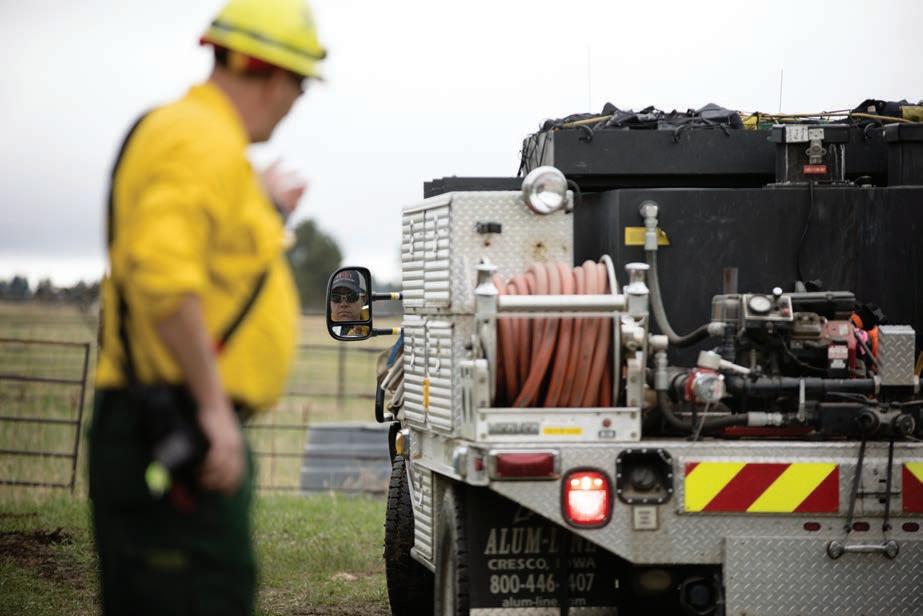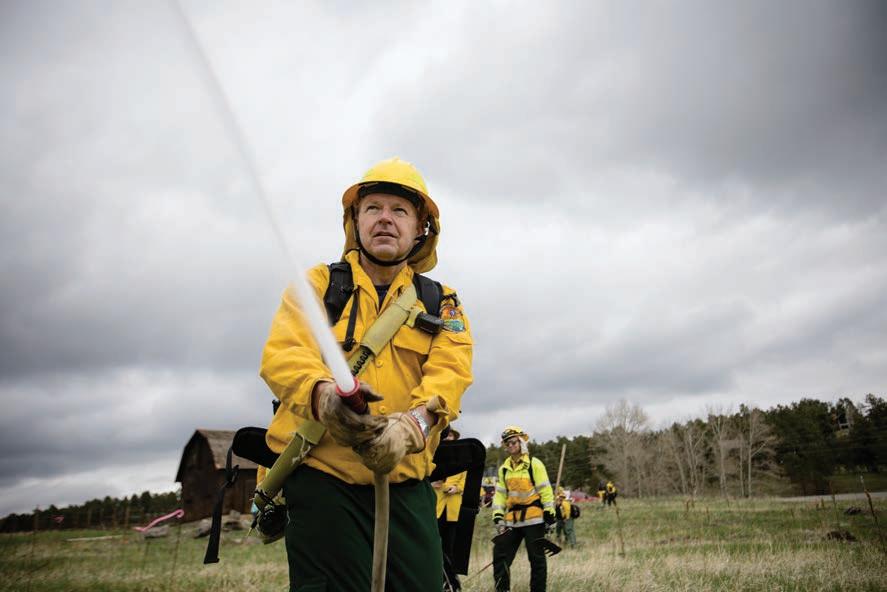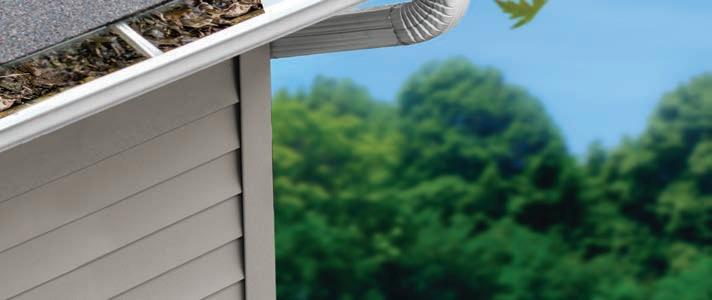
2 minute read
TRAINING
a wild re. Jensen said using the pumps to get water from tenders, which are re trucks that haul water to a scene, is crucial since many areas in the foothills don’t have hydrants.
He explained that wildland hoses weigh less and the smaller, so they can be moved longer distances more easily.
Matt White, Evergreen Fire/Rescues re and fuels coordinator, told crews that they have learned that not all departments have compatible connectors between hoses, an issue that can easily be xed. He also said crews shouldn’t wait to get water onto the re while more hoses are being connected.
Assessing structures
As a wild re approaches, re departments use a triage approach to look at structures and determine which can be saved and which can’t.
A team of re ghters comes to homes, and in 15 minutes, assesses whether they likely could survive a wild re, whether it could survive with minimal or a large amount of work from re ghters, or whether there wouldn’t be enough time before the wild re arrived to make the home able to survive a wild re.
Fire ghters look for whether there are faucets and hoses near the house, whether the house has been prepared in case of wild re called home hardening and whether mitigation has been done around the home. Jensen said driveways also are a concern, especially if they are steep, have curves or if there’s a gate across it.
Of special concern are propane tanks, whether small tanks for grills or large tanks for home heating, since they are highly combustible. Fire ghters also are looking to see whether rewood is stacked next to a home.
In addition, they want to make sure there’s a safety zone for reghters in case a wild re comes upon them as they are ghting the blaze.
Four homeowners in the Pine Valley neighborhood in Clear Creek County volunteered their homes to re ghters to assess, and after di erent teams performed their assessments, they compared notes on what they found or didn’t nd.


Digging lines
At the Beaver Brook trailhead, crews used a variety of tools to dig lines and learned about how to coor- dinate their e orts.
Jensen noted that wildland reghting is a lot of digging to help create a break to slow down wild res.
“It’s a lot easier on everyone if we work together,” Capt. Peter Greenstone with Genesee Fire Rescue told a crew.
He suggested that the wildland crews nd tools that are comfortable to use since they likely will be digging lines for many hours.
Lt. Mike Amdur with Foothills Fire and Rescue said that if crew members know the area, they should bring that local knowledge to the rest of the re ghters.
“Even if this is your rst season (on the crew), if you have an idea, share it,” Greenstone added.















